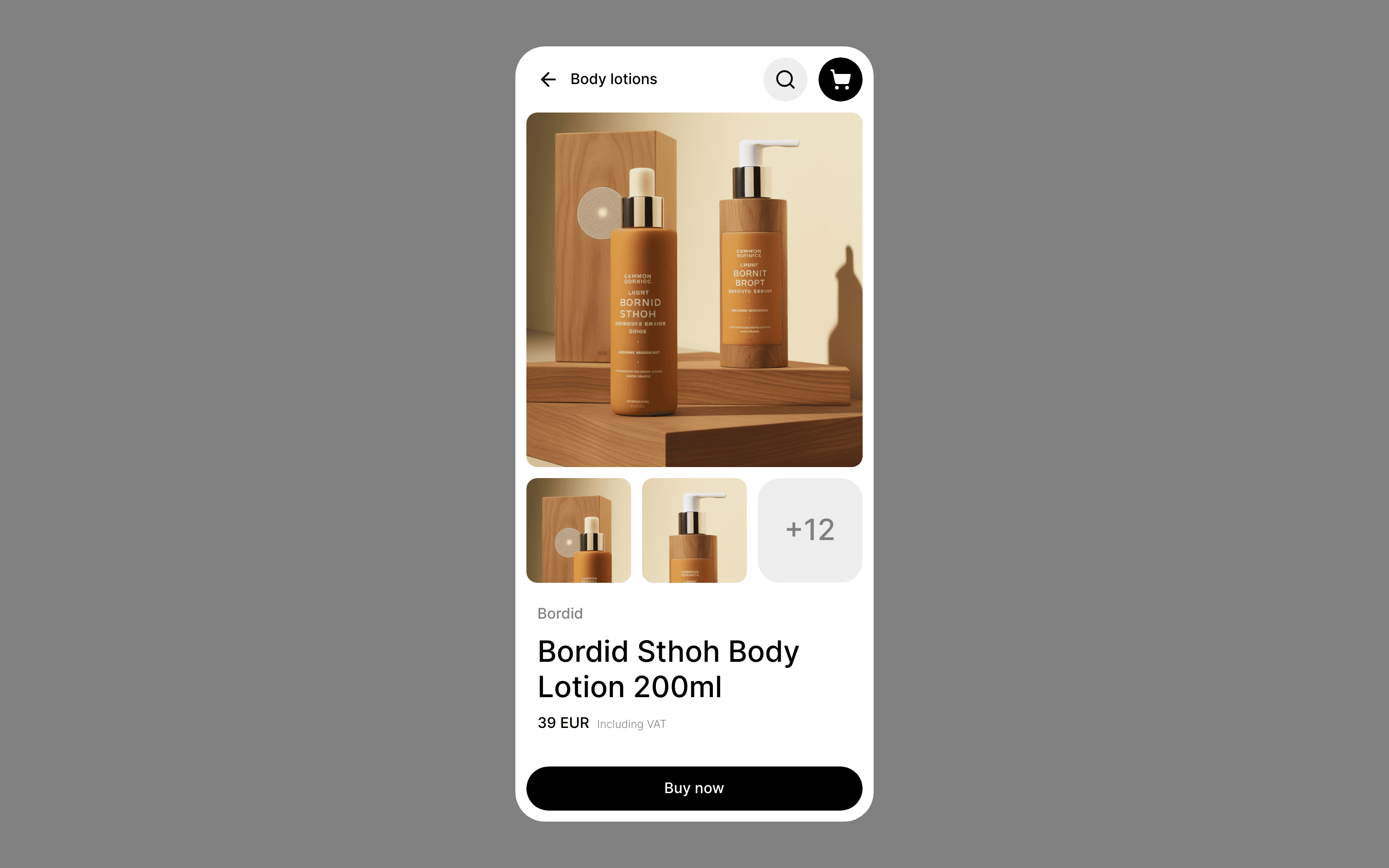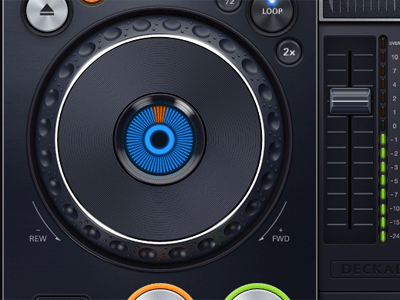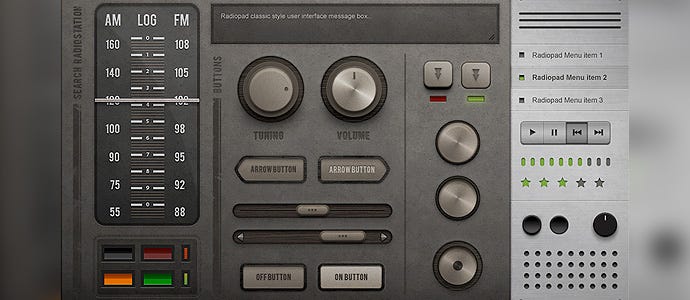Build Design Systems With Penpot Components
Penpot's new component system for building scalable design systems, emphasizing designer-developer collaboration.

medium bookmark / Raindrop.io |

Interaction design is an art. It is the art of creating experiences that encourage human interaction and map behavior to expected outcomes.
Skeuomorphism is a term most often used in graphical user interface design to describe interface objects that mimic their real-world counterparts in how they appear and/or how the user can interact with them (IDF).
When computer interfaces were first introduced, skeuomorphism was very important — as it allowed people to easily transition to using digital devices.

Skeuomorphic Calculator

Skeuomorphic Dashboard
Then, with the rise of new OS patterns, touch screens, minimalism, and flat design, skeuomorphism started to fade in popularity.
Let’s look at the hamburger menu for instance.

This interaction did not exist in the real world prior to digital interfaces. It was introduced to conserve space in a confined UI and provide a standardized affordance to toggle additional settings or navigation.
Then, we have the rise of minimalism.

Minimalism is the use of the fewest and barest essentials to create user experienecs. It is about every element and interaction having a proven, refined, and scoped purpose.
It’s rise was actually due in part to the early proliferation of skeuomorphic design. As interfaces grew increasingly complex, experiences were becoming cluttered and unusable. Skeuomorphism was becoming limiting and inelegant.
We, as users, evolved as well. Our attention spans and tolerance for friction drastically diminished over the years. We no longer wanted to spend time finding value through an experience. We want that value immediately — the ability to instantly orient ourselves and find what we want.
Web technologies evolved as well. Designers now had the power to create beautiful animations and elegant content presentations without sacrificing system performance. New browsers and smart devices powered interaction kits that provided responsive feedback to all actions and gestures. Why would you circularly turn a dial with your finger when you could easily use a slider?
Critics of skeuomorphism argue that designers created theatrics instead of experiences. An example would be the iPad’s version of an e-reader:

Critics argue that you should only adapt necessary real-world affordances and styles to a user’s experience. Excessive gradients and nuances make for cluttered UI’s that actually make things harder to use.
For critics, skeuomorphic design sacrificed ease of use, interface scalability, and navigability. It was difficult to scale a skeuomorphic design because it relied on defined proportions and ratios.
In response, the design community moved towards flatter, more ambiguous and standardized design styles. These were more adept to responsiveness — they could fit on web, tablet, or mobile. Boxes, squares, and flat backgrounds could easily fit in a responsive grid that shifted as screens resized.
And.. now we have the digitalization of things — from watches, to cars, and to appliances. The internet of things (IoT) is bringing skeuomorphic design back into the forefront of design thinking.

Apple Watch
Instead of interacting with a flat surface, like a phone or tablet screen, users are now digitally interacting with more real world objects.
Let’s take an Apple Watch for instance. We are conditioned to glance at a watch and see the time. We are taught how a clock works and how it looks — we have learned how the second hand ‘ticks and tocks’.
Modern skeuomorphism, therefore, is the bridge at the intersection of digital and industrial design. It is about facilitating non-traditional device interaction without sacrificing usability. It is about enriching and enlivening real world objects in the context of our human physiology.
Moreover, we have the rise of augmented and virtual reality. We can now interact with objects in a real world simulation. We can use our hands to touch and feel digital objects, place them on top of surfaces, and experience real world physics in a digital arena.
Skeuomorphism is more important than ever, but it has to adapt. We can no longer rely on directly mimicking real world experiences, but rather, we must deconstruct our physical interactions to their most basic elements — understanding the physics of the real world and then applying those affordances to our digital interactions.
AI-driven updates, curated by humans and hand-edited for the Prototypr community